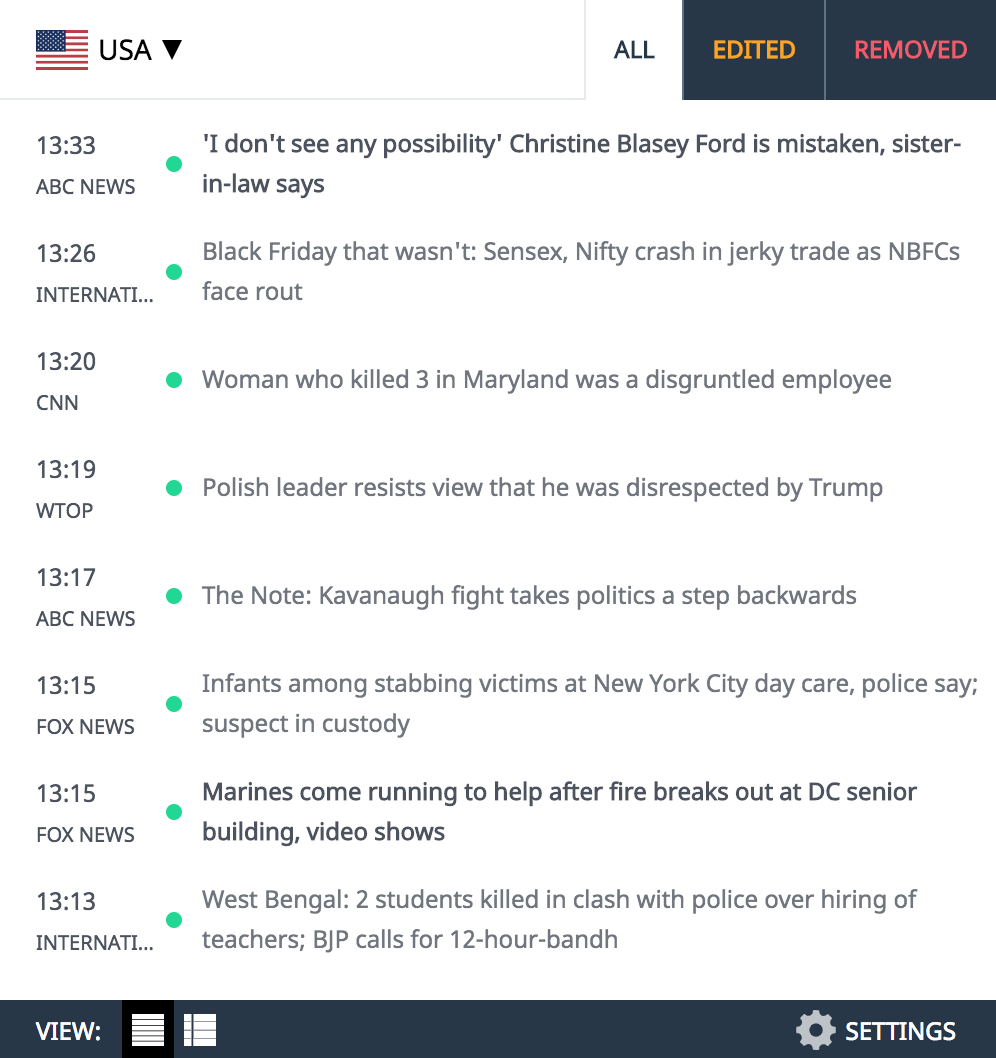The Japanese government and ruling party are considering including relief measures for low-income households in a fresh economic package to be compiled to mitigate the pain of inflation, sources close to the matter said Tuesday.
Prime Minister Fumio Kishida earlier in the day instructed his cabinet ministers to deploy "all possible tools" to alleviate the burden of surging prices and support the economy when putting together the economic package by the end of October.
Kishida, who places importance on wealth redistribution, told a cabinet meeting that the government will "reduce tax and social security burdens on top of providing various benefits," at a time when Japan's fiscal health remains the worst among developed nations.
He also unveiled plans to review the use of emergency funds budgeted to cope with crises such as the pandemic and divert them for use in promoting sustained wage growth.
The economic package will be funded by a supplementary budget consisting of five pillars -- easing the pain of inflation on households, spurring more wage growth, increasing investment, addressing challenges posed by the nation's declining population and securing the safety and security of the Japanese people.
The government is considering issuing cash payments or coupons with specified usage as part of relief measures for low-income households, with additional support for such households with children likely also to be a point of focus.
Kishida at the cabinet meeting Tuesday also expressed plans to focus on initiatives to promote tourism, including increasing the number of foreign visitors, and to expand exports of agricultural, forestry, and fisheries products.
Other specific steps include subsidies to curb rises in gasoline prices and electricity and gas bills and to support small and midsize companies that have lagged behind firms in raising pay and coping with labor shortages. The government will also encourage investment in strategic sectors such as semiconductors.
Kishida said Japan is at a critical phase of shifting from a "cost-cut" economy to one with a virtuous cycle of pay hikes and proactive corporate investment. "We should not let the chance (to make the transition) slip by," he said.
While details of the spending size have yet to be hammered out, the government plans to draft a supplementary budget for fiscal 2023.
The timing of the economic package has kept speculation alive that Kishida is inching toward dissolving the House of Representatives for a snap election this year. Some within the ruling Liberal Democratic Party are calling for a package worth 15 trillion yen or more.
"To prevent fiscal discipline from loosening, we will examine each policy item thoroughly so the package will only contain what is truly necessary," Finance Minister Shunichi Suzuki told a press conference.
As part of a previous inflation relief package, approximately 16 million low-income households were eligible for payouts of 50,000 yen in September last year, totaling 854 billion yen in government expenditure.
In March, local governments were allocated funds for relief payments in which low-income households would receive 30,000 yen each, with another 50,000 yen per child given to low-income earners with children.
Surging import costs of energy and raw materials have pushed up Japan's inflation rate, which in turn has prompted Japanese companies to raise wages.
The sustainability of such pay hikes is seen as key if Kishida wants to deliver on his pledge to achieve wealth redistribution. For the Bank of Japan, it is also crucial in achieving its stable inflation target.
Some critics say more fiscal spending to stimulate demand will further accelerate inflation, and the recent yen weakness, a byproduct of monetary easing that boosts import prices, is largely to blame.
The inflation rate, as measured by core consumer prices, has remained above the BOJ's 2 percent target in the 17 months to August after it hit a four-decade high of 4.2 percent earlier.
© KYODO

